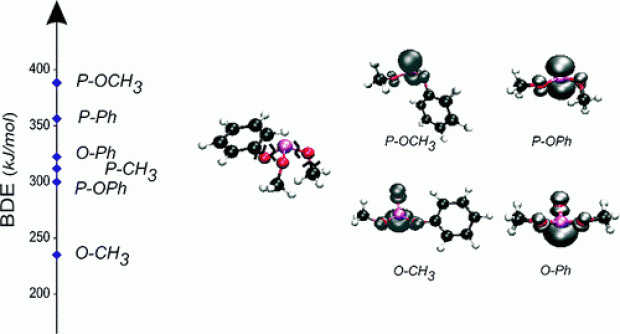Hydrogen Radical Additions to Unsaturated Hydrocarbons and the Reverse β-Scission Reactions: Modeling of Activation Energies and Pre-Exponential Factors
Abstract
The group additivity method for Arrhenius parameters is applied to hydrogen addition to alkenes and alkynes and the reverse β-scission reactions, an important family of reactions in thermal processes based on radical chemistry. A consistent set of group additive values for 33 groups is derived to calculate the activation energy and pre-exponential factor for a broad range of hydrogen addition reactions. The group additive values are determined from CBS-QB3 ab-initio-calculated rate coefficients. A mean factor of deviation of only two between CBS-QB3 and experimental rate coefficients for seven reactions in the range 300–1000 K is found. Tunneling coefficients for these reactions were found to be significant below 400 K and a correlation accounting for tunneling is presented. Application of the obtained group additive values to predict the kinetics for a set of 11 additions and β-scissions yields rate coefficients within a factor of 3.5 of the CBS-QB3 results except for two β-scissions with severe steric effects. The mean factor of deviation with respect to experimental rate coefficients of 2.0 shows that the group additive method with tunneling corrections can accurately predict the kinetics and is at least as accurate as the most commonly used density functional methods. The constructed group additive model can hence be applied to predict the kinetics of hydrogen radical additions for a broad range of unsaturated compounds.
 Open Access version available at UGent repository
Open Access version available at UGent repository
